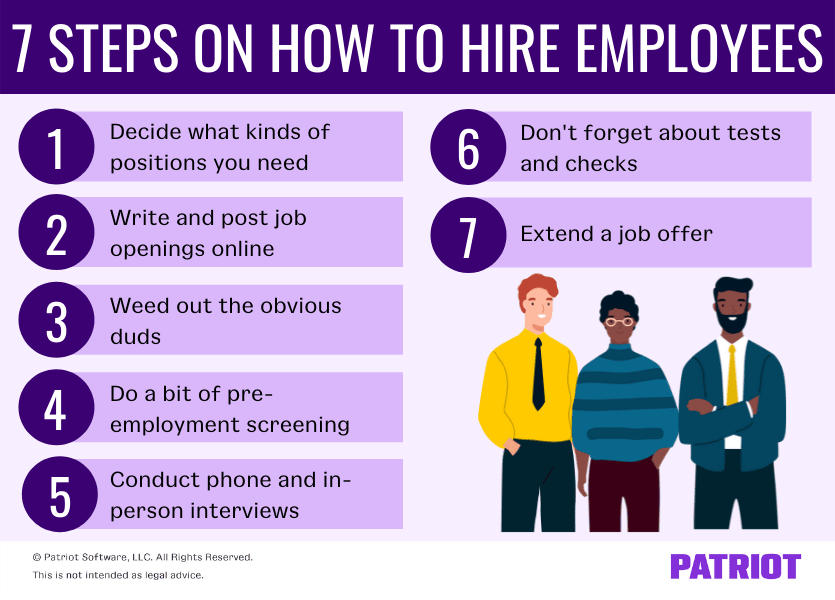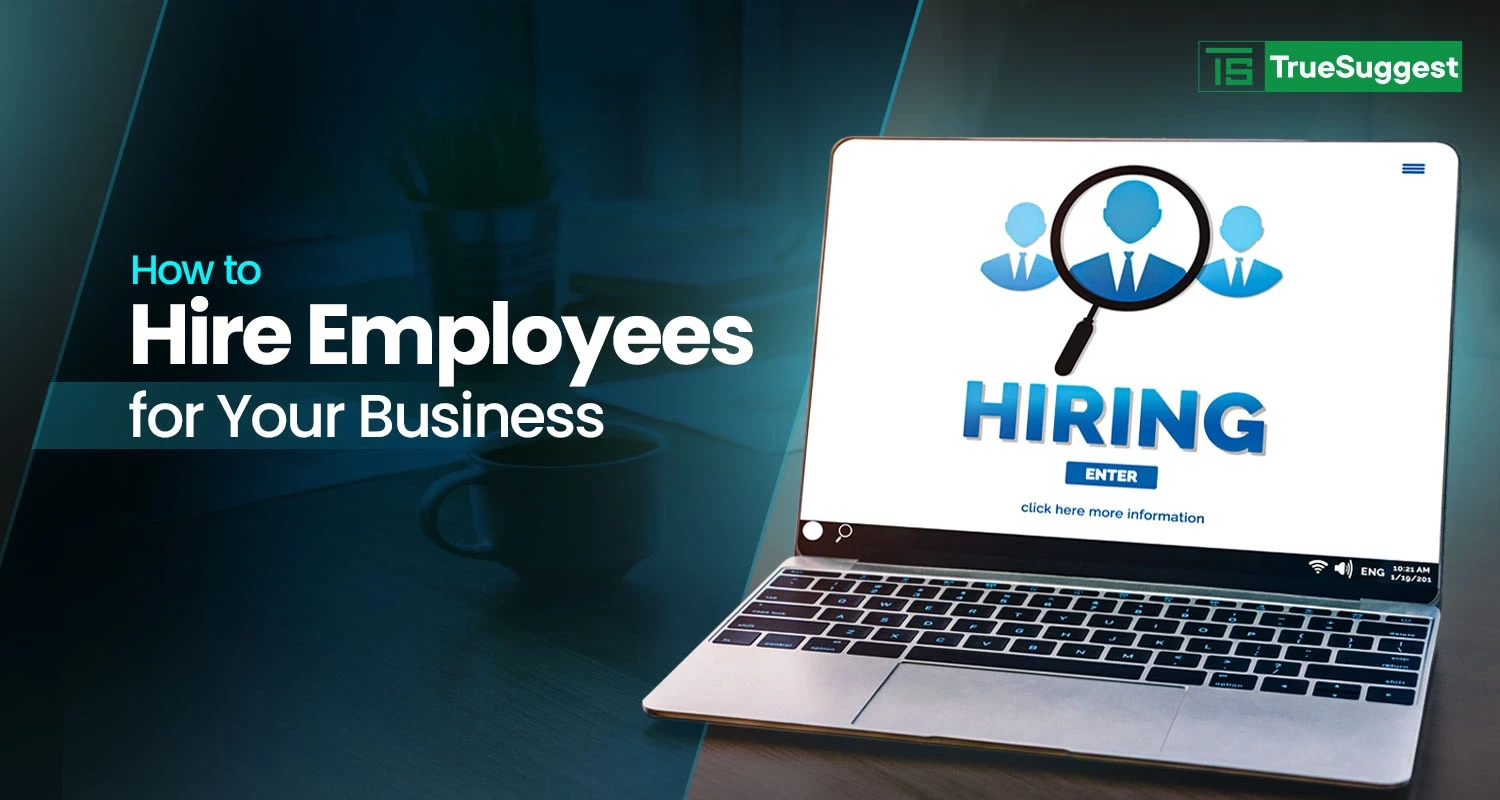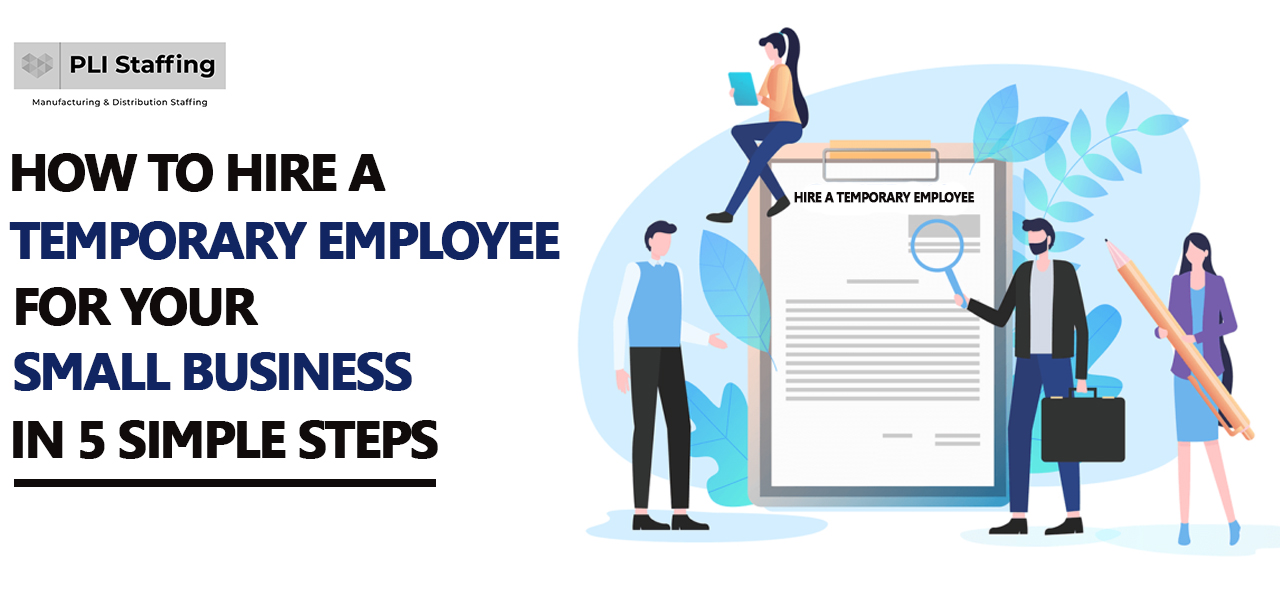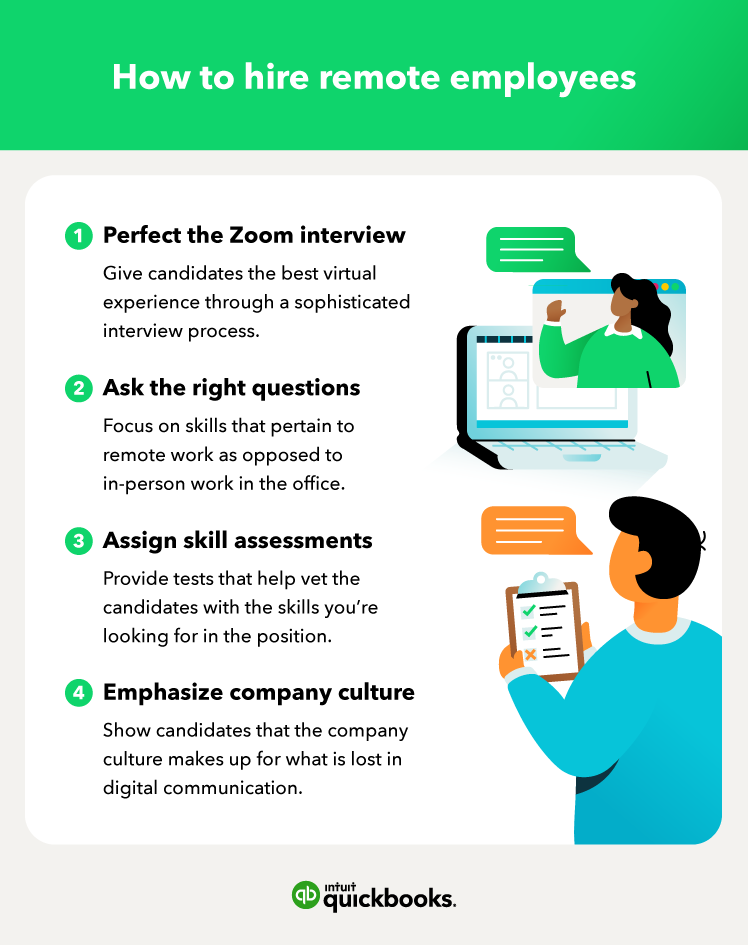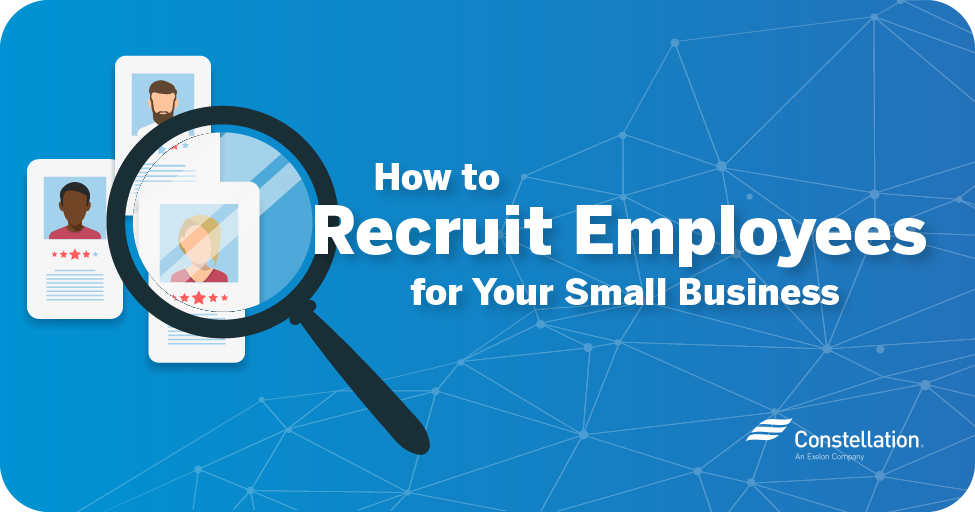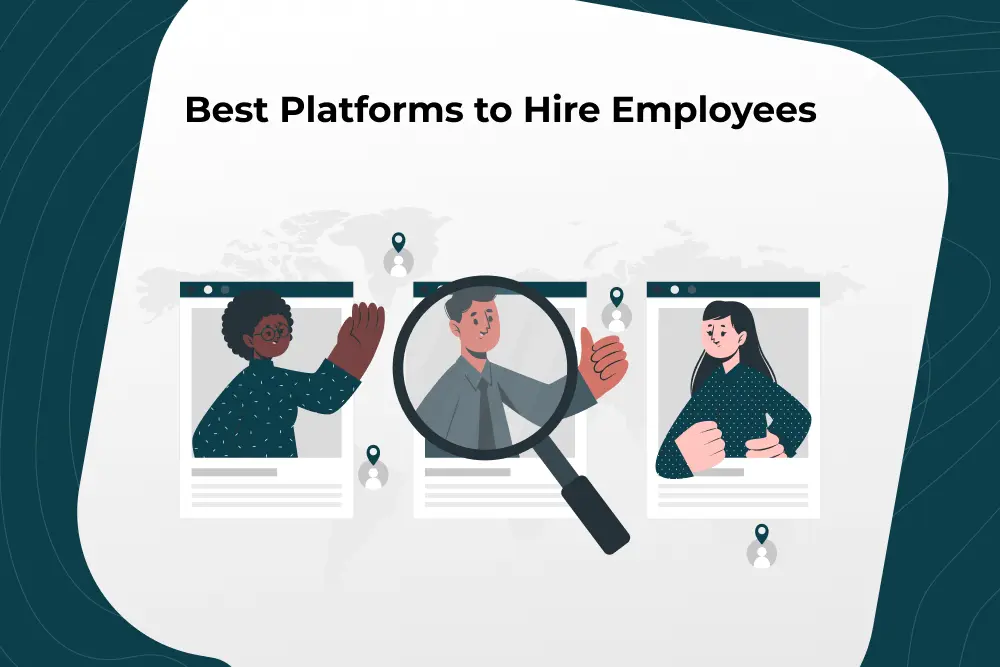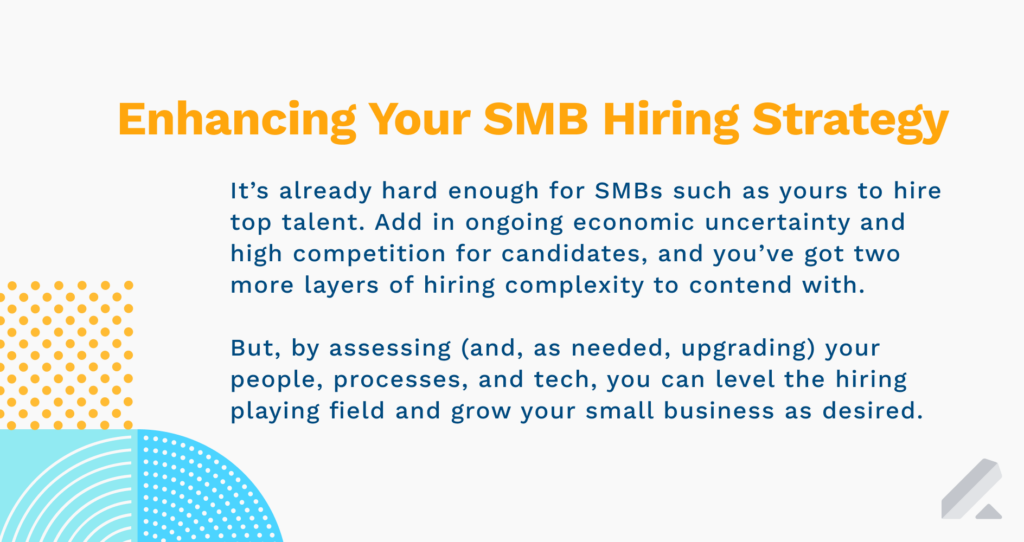How To Hire Employees For Your Business

The success of any business hinges on its people. The process of finding, attracting, and onboarding the right employees, however, is a significant challenge in today's competitive market. Missteps in hiring can lead to decreased productivity, financial losses, and damage to company culture.
This article provides a comprehensive guide to navigating the complexities of employee recruitment. It outlines key strategies, from defining needs and crafting compelling job descriptions to conducting effective interviews and ensuring legal compliance. By understanding these steps, businesses can optimize their hiring process and build a strong, productive workforce.
Defining Your Needs and Crafting the Job Description
Before posting a job, clearly define the role's responsibilities and required skills. Conduct an internal analysis to determine the specific needs of the team and the company.
A well-defined job description is crucial for attracting qualified candidates. It should accurately reflect the day-to-day tasks, required experience, and desired personality traits.
Use specific and measurable language. Avoid vague terms that can be misinterpreted.
Sourcing Candidates: Casting a Wide Net
Leverage multiple channels to reach a diverse pool of candidates. Online job boards like Indeed, LinkedIn, and Glassdoor remain popular choices.
Consider industry-specific job boards for specialized roles. Employee referral programs can also be a highly effective way to find qualified individuals.
Don't underestimate the power of social media for reaching passive candidates. Actively participate in industry events to network and identify potential hires.
The Screening Process: Refining the Search
Implement a robust screening process to narrow down the applicant pool. Start by reviewing resumes and cover letters for required qualifications.
Use applicant tracking systems (ATS) to streamline the process and manage applications efficiently. Consider incorporating skills assessments to objectively evaluate candidates' abilities.
Phone screenings are a valuable tool for quickly assessing communication skills and personality fit. Prepare a standardized set of questions to ensure fairness and consistency.
Interviewing: Uncovering Potential
Structure your interviews to assess both technical skills and soft skills. Behavioral questions, such as "Tell me about a time you failed," can reveal how candidates handle challenges.
Involve multiple interviewers to gain diverse perspectives. Encourage candidates to ask questions to gauge their genuine interest and engagement.
Be mindful of unconscious biases that can influence your perception of candidates. Use a standardized scoring system to objectively evaluate each applicant.
Background Checks and Legal Compliance
Conduct thorough background checks to verify information and ensure a safe workplace. Obtain necessary consent from candidates before initiating background checks.
Comply with all relevant employment laws, including anti-discrimination laws and wage and hour regulations. Consult with legal counsel to ensure compliance with federal, state, and local laws.
Document every stage of the hiring process to protect against potential legal challenges. Keep records of applications, interview notes, and hiring decisions.
Onboarding: Setting Employees Up for Success
Effective onboarding is crucial for retaining new hires. Provide a structured onboarding program that introduces new employees to the company culture, policies, and procedures.
Assign a mentor to provide guidance and support during the initial weeks. Set clear expectations and provide regular feedback to help new employees succeed.
According to a study by SHRM (Society for Human Resource Management), companies with strong onboarding processes experience significantly higher employee retention rates.
The Future of Hiring: Adapting to Change
The hiring landscape is constantly evolving. Technology, such as AI-powered recruiting tools, is transforming the way companies find and assess talent.
Remote work has expanded the talent pool, allowing companies to hire employees from anywhere in the world. Employers must adapt their hiring practices to accommodate remote workers and virtual teams.
Focus on diversity, equity, and inclusion (DEI) in your hiring practices to build a more representative and innovative workforce. Actively seek out candidates from underrepresented groups and create a welcoming and inclusive work environment.
By embracing best practices and adapting to the changing needs of the workforce, businesses can build a strong foundation for future success. A strategic and well-executed hiring process is an investment in the company's future, ensuring a talented and engaged workforce that drives innovation and growth. Remember that the human capital is the most valuable asset.
![How To Hire Employees For Your Business How to Hire Employees in 7 Steps [+ Free Checklist]](https://fitsmallbusiness.com/wp-content/uploads/2020/07/how-to-hire-employees.jpg)
